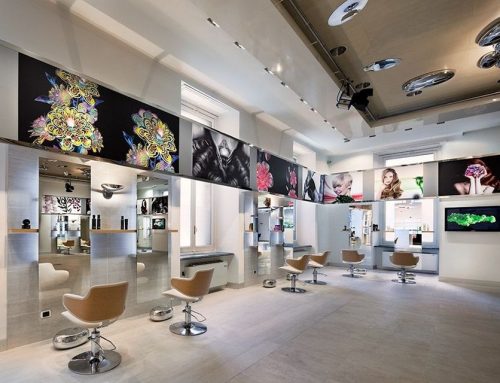Digital marketing is one of the world’s fastest, most exciting industries. And although the rapid change generates new opportunities just about every day, it is one of the most difficult to forecast as a result.
AR and VR
The fact that both products have been so well-received means there’s going to be a tidal wave of people trying to steal what ideas they can and adapt them to market new ideas.
Expect product placements within the virtual space as well as the attempt to augment every possible facet of our reality within the next year and beyond.
Mobile Dominance Continues
Mobile-based digital marketing has seen revival over the past year or two as improvements to design and stability have opened up new ad units. From Facebook Canvas, with its tilt functionality, and Twitter’s interactive scratch reels, it seems like interactive mobile engagements will become even more important in 2017.
The release of Google’s Pixel smartphone is an indication that, from a hardware perspective, mobile technology is still the dominant force in tech development.
Having said that, as much as our phones are a part of our everyday lives, it’s not easy to see what the next evolution of the device is going to be.
Surely there isn’t that much more that can be done with a handheld screen and a range of apps?
As the ability to innovate on a technical level, marketing is likely to shift away from software development and move towards experiential content delivered directly to the device.
In some ways, all of the rapid development over the last few years might see a return to simple, emotional marketing delivered via social channels.
Video Content is King
Regardless of the selected marketing channel, content is set to remain a core focus of digital marketing strategies.
As exciting as rapidly advancing technology is, it can be quite daunting to consumers. The marketing response is to sell advanced products under the guise of relatable, familiar content. That’s why you see television commercials about cutting-edge electronics – people want to understand.
From a marketing perspective, we can expect focus to shift towards the development of content specifically for digital channels. Empowering the viewer through annotations and similar technological tweaks makes this kind of content even more appealing.
By blending the familiar with the novel, advertisers and marketers can retain the attention of the audience without alienating them.
Shifting from TV to mobile also allows marketers to integrate the viewers’ brand experience through tactical enhancements like second screening, augmented reality, or live opinions.
Less is More
It sounds like a cliché but due to the constant changes to social algorithms in particular, brands will be forced to be more selective about the amount of content they generate.
Reduced reach means that any branded content developed needs to be backed by a significant media budget to gain traction. Either that, or it needs to have that ‘X’ factor to go viral.
Until somebody invents a formula for what makes content go viral, brands will have to settle for spending more on media and production for a select few pieces as opposed to taking over the share of voice in their category.
Experiential Marketing
One trend set to take off is experiential marketing made possible by digital developments. Imagine an advert that you experience in 3D from the comfort of your own home. The fact that our mobile devices are connected to every appliance means that advertising can now step out of a broadcast space and into a fully immersive territory.
You can expect brands to leverage every tool that they have to deliver an experience instead of a marketing message.
It’s all part of the movement towards a hyper reality where marketing is so integrated that we can’t even tell the difference between adverts and the real world – but that’s a few years away.





Leave A Comment
You must be logged in to post a comment.